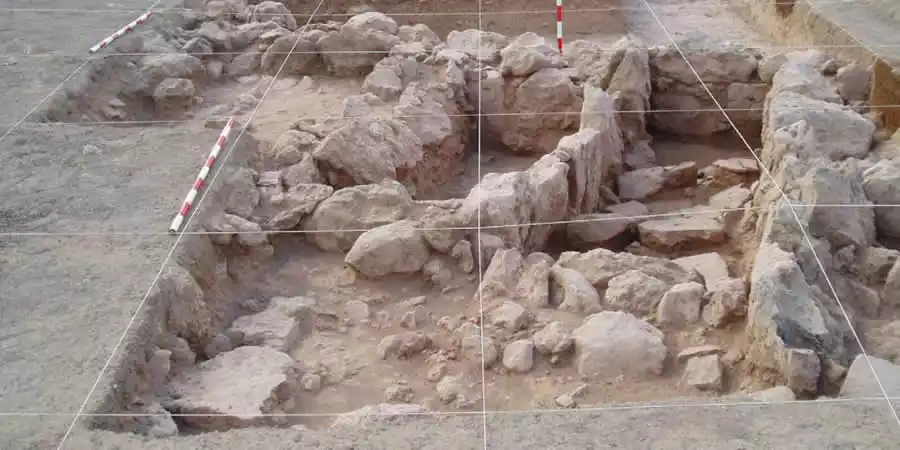
Buenavista is located in the central region of the island of Lanzarote, about 8 km in a straight line from the north coast, with an excellent view of the Riscos de Famara and the Chinijo Archipelago. The deposit occupies a space located on the line of contact between the highly fertile brown soils of the center of the island and the sands of El Jable that cross it from north to south. The appearance and morphology of this place are similar to those of Caldereta de Tinache or the nearby basin where the El Bebedero site is located. In all three sites, a location pattern is repeated that is characterized by a closed physiognomy of a basin or basin protected from the prevailing winds and the presence of powerful alluvial soils rich in organic matter. These characteristics give these places high fertility from an agricultural point of view and a notable potential for livestock use.
Some of the information collected have been fundamental in order to understand the oldest history of the islands
The depth and structure of the profiles allowed to observe the existence of notable environmental alterations over the l...
The archaeological site of Buenavista was evidenced during an extraction of "rofe" that, in the decade of the 70's of the last century. But it was not until 2006 when the first archaeological excavation campaign was carried out at the Buenavista site, which lasted for the next three years. During these four campaigns, a large amount of information and archaeological records contextualized in a broad building structure were recovered. Among the findings, dozens of ceramic fragments modeled on a wheel stand out, corresponding to various types of containers (such as amphoras and other containers), a terracotta, various metal pieces made of bronze, copper and iron, and a glass trinket. All these discoveries are immersed in a chrono-stratigraphic sequence that places them in the area of the Phoenician-Punic culture established since the end of the 2nd millennium BC. in the Circle of the Strait.
The various material records provided by Buenavista, together with the data obtained at the site of El Descubrimiento in the coastline of La Graciosa, offer new and interesting possibilities in relation to the initial process of human colonization of the Canary Islands and the moment in which the Phoenician presence in the African Atlantic began.
They are amorphous fragments of pottery turned on a wheel, with reddish, orange and ocher-yellowish colors from between ...
The site was listed in the Lanzarote Archaeological Chart in 1994 and is part of the Tiagua Archaeological Complex. This complex is made up of various settlements that, over the course of two millennia, captured resources from an exploitation territory based on the same host unit.